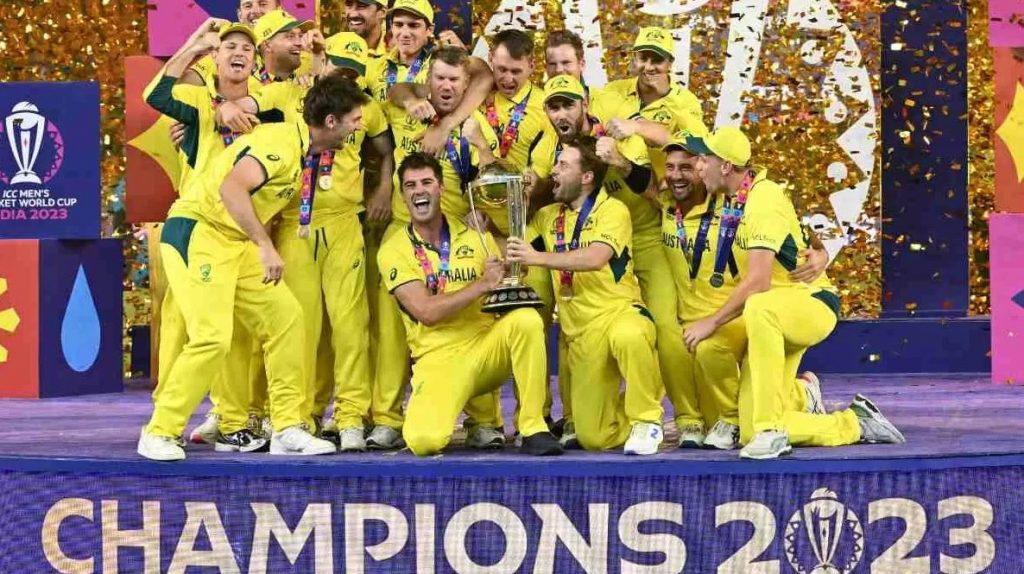Why Australian cricket team is so successful in tournaments?
You’d have probably come across the phrase ‘peaking at the right time’ over the past few days with regards to Australia and the 2023 ODI World Cup. Here’s another term in the same context: tournament play. We seem to be peaking at the right time, which Australia tend to do in tournament play, Mitchell Starc said in Kolkata before Australia beat South Africa to earn the right to play India in the final.
That’s a lot of sporting jargon in one sentence, but also one that the Aussies have stayed true to in this World Cup. So, what exactly is tournament play? It has no definition, but reflects a trend — of starting slow in a marquee event that lasts a considerable length, picking up the pieces along with the pace just in time, switching gears and riding the gradually-built momentum deep. It’s a slow burner that shines the brightest when the stakes are highest.
The five-time ODI world champions began this World Cup with two timid defeats to India (6 wickets) and South Africa (134 runs), lying 10th in the points table at one point with no signs of an upswing. There were certainly none when Sri Lanka were 125 for no loss in Australia’s third league game. Until something flipped. David Warner took a spectacular outfield catch for the first Sri Lankan wicket, and off went Australia. On an eight-match winning run when another defeat or two could’ve well pulled them out of the knockouts race.
It still wasn’t (and isn’t) the Australia we know, yet it has turned into a team that knows how to eke out wins; even when things get too close for comfort (like against New Zealand, Afghanistan and in the semi-final). Like they did in the 1999 World Cup.
The building blocks of Pat Cummins’s troops — which ticked off various boxes as it motored along in India — stands in contrast with losing semi-finalists New Zealand and South Africa, who charged off the blocks before stumbling towards the business end. And even as Australia struggled to find any semblance of positivity in their early days, the belief that their best was yet to come in a long tournament kept their shoulders from dropping.
It certainly wasn’t panic stations, Starc told ABC Sport podcast before their penultimate league game against Afghanistan in Mumbai. We were very aware we weren’t playing our best cricket. We’ve all played a lot of tournament play before — whether it be World Cups or BBLs (Big Bash League) or IPLs (Indian Premier League).
Mumbai Indians perhaps best exemplify tournament play in the IPL. Perennial slow starters, they lost the opening four games of their triumphant 2015 season. A year prior, Kolkata Knight Riders lost five of their first seven games before hitting their best notes in the business end of the title-winning dance. It’s a bit like how the top guys — the Djokovics, Nadals and Federers — approach Grand Slam tennis. They tend to play within themselves over the first few rounds, don’t necessarily fret over dropping a set, and progressively crank it up come the second week of the two-week competition. As the popular notion goes, get them in the first week if you can before they transform into an unstoppable force.
This article explains why the Australian cricket team is so successful in tournaments.



